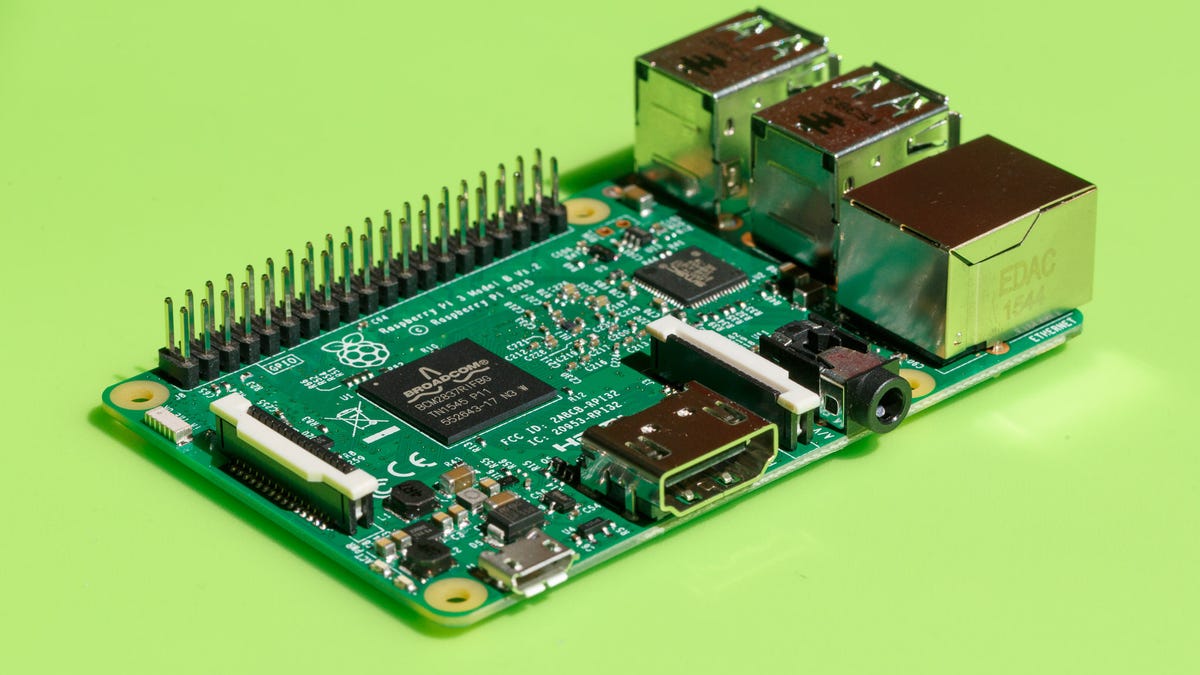Ridiculously thin diamond wires could help make tech tiny
How thin? We're talking nanometers.

Nanowire circuit boards would make this Raspberry Pi 3 circuit board for students look like Goliath.
Diamonds are a techie's best friend?
They might be when they're one ingredient in supersmall circuit boards that can cram more power into your future electronics and use up a lot less space.
Those circuit boards haven't been created yet, but the nanowires that could make them up have, by coating copper and sulfur atoms with diamond dust to produce the world's thinnest nanowire.
The findings, which published online Monday, come from a group of scientists out of Stanford University and SLAC, under the catchy title "Hybrid metal-organic chalcogenide nanowires with electrically conductive inorganic core through diamondoid-directed assembly."
There's been work in this area before, but two findings give the team hope for producing quantities of the these eensy-weensy nanowires. First, the diamond wires are highly conductive, which bodes well for their use in scaling down electronics. Second, the three-molecule-wide structure assembles itself, like a set of microscopic, semiprecious Lego.
Lab-created wonders of technology don't always make it into your fridges and phones, but where there a will to create tinier tech, there's often a way.

